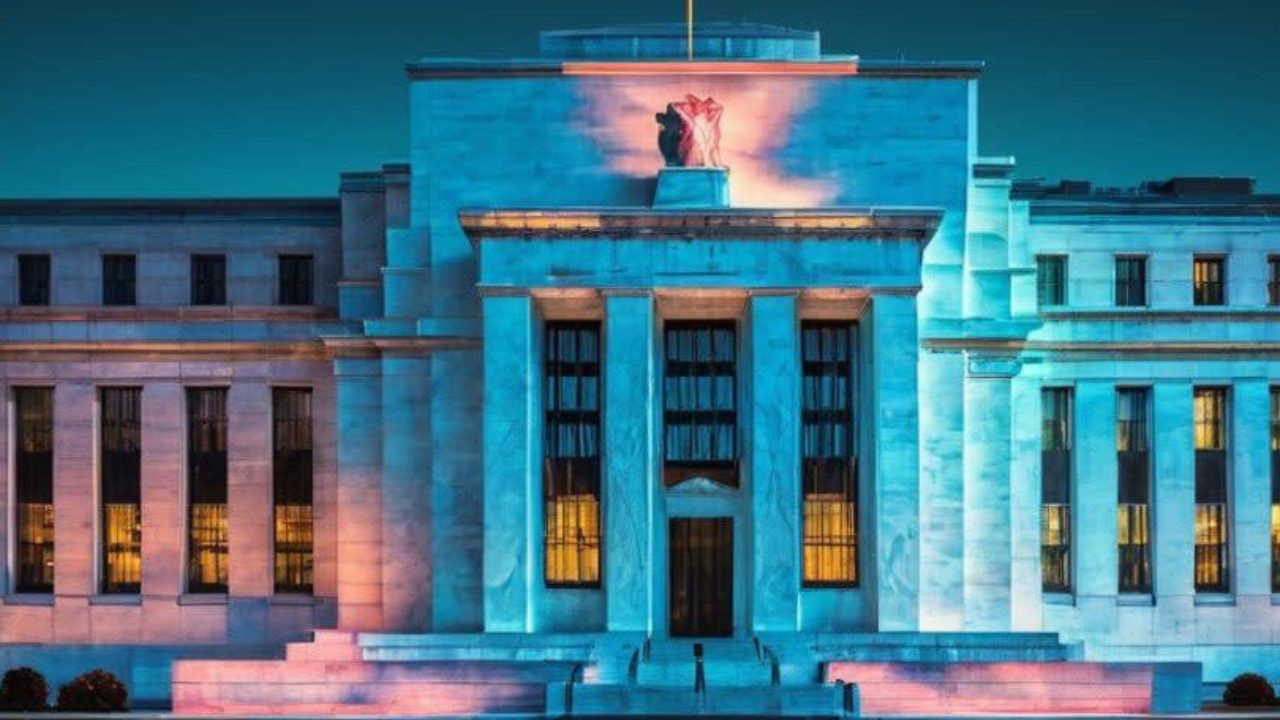Fed announces changes to stress test for banks: Announces proposals

The US Federal Reserve (Fed) has announced a plan to change the annual stress tests it conducts on large banks, aiming to increase transparency and accountability. At a meeting on the issue, Fed Chair Jerome Powell stated that the financial system remains robust and resilient, and that stress tests help banks understand how they maintain their resilience.
Powell noted that stress tests, which emerged from the reforms implemented after the Global Financial Crisis, have been a key element of the Fed's regulatory framework and supervisory program since 2009, and recalled that last December they committed to increasing the transparency of stress tests and reducing the volatility of capital buffer requirements. Powell explained that the proposals include changes to the framework governing the design of stress test models, hypothetical scenarios, and seeking public comment on next year's stress test scenario.
He explained his suggestionsFed Vice Chair for Supervision Michelle Bowman also stated that the Fed's aim is to address the lack of transparency and accountability in its supervisory stress testing process for large banks. She explained that the proposals aim to address these issues by providing detailed information about stress testing models, the scenario design process, and future scenarios for public comment. She stated that this will enable banks to better understand their capital requirements, enhance the credibility of supervisory models through public feedback, strengthen market discipline, and increase overall confidence in the fairness and effectiveness of stress tests.
Fed Board Member Michael Barr opposed the proposed changes, arguing that making models and scenarios public would make the stress testing process weak and unreliable.
The Fed also announced its proposed stress test scenarios for 2026, stating that these scenarios include a global recession, a sharp decline in risky asset prices, an increase in the unemployment rate in the US from 4.5 percent to 10 percent, and significant declines in real estate prices.
ekonomim





